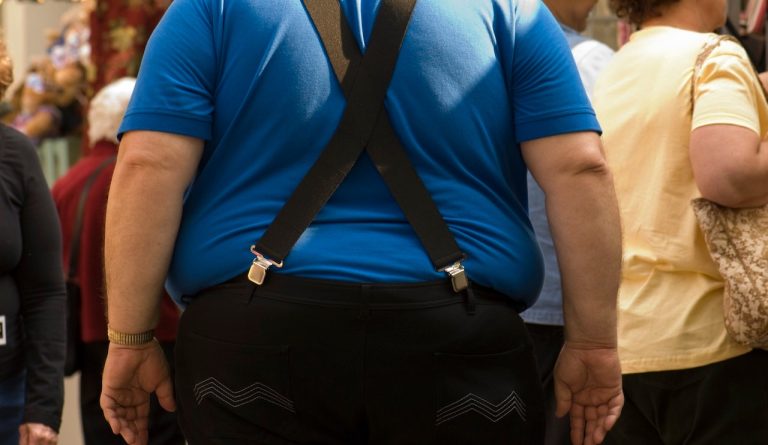
Early data from hospitals suggests the latest COVID variant, known as JN.1, is not leading to more severe disease, a Centers for Disease Control and Prevention official said Monday, as the agency has tracked the strain’s steep rise to an estimated 85.7% of COVID-19 cases nationwide.
The agency is still waiting for more weeks of data to lay out its more detailed assessment of JN.1’s impact this season, the CDC official, Dr. Eduardo Azziz-Baumgartner, said at a webinar with testing laboratories hosted by the agency this week.
Asked if JN.1’s symptoms seemed to be more severe compared to previous waves, he said “there are early signals that that may not be the case,” based on electronic medical record cohorts and other data.
“Now, it’s important to remember that how a virus affects an individual is a unique ‘n’ of one,” he added. “It could be very severe. People could die from a virus that, to the general population, may be milder.”
Azziz-Baumgartner told the webinar the CDC hopes to release more details about JN.1’s severity “during the next couple weeks” as more data on the virus accumulates.
So far, the CDC has been careful to say that there was “no evidence” JN.1 was causing more severe disease, even as it contributed to the spread of the virus this winter.
It is not clear when the CDC’s new assessment of JN.1 is scheduled to be published. A CDC spokesperson was not able to immediately respond to a request for comment.
Scientists at the CDC and other federal health agencies have also so far not moved to deem JN.1 a standalone “variant of interest,” in a break from the WHO’s decision to step up its classification of the lineage last month.
The WHO said Friday that there were “currently no reported laboratory or epidemiological reports” linking JN.1 or its other variants of interest to increased disease severity.
CDC’s early findings about JN.1 come as the agency has begun to see a slowing of respiratory virus trends after a peak over the winter holidays.
The agency’s disease forecasters also concluded earlier this month that JN.1’s spread did not warrant them stepping up their assessment of COVID-19’s threat this winter, noting hospitalization rates appeared to be lower than they were last season.
COVID-19 hospitalizations this season continued to outpace influenza nationwide, the agency’s data suggests, and weekly rates of both stopped short of topping previous record highs.
Azziz-Baumgartner cautioned data lags could be muddying the picture, as hospitals catch up on delayed reporting of their weekly admissions. Officials have also been closely watching for possible signs of a renewed increase in the spread of influenza, as has been seen in some previous seasons before the COVID-19 pandemic.
Some jurisdictions have also been reporting a strain on hospitals, especially in New England, he said. CDC figures tally the region’s hospital capacity rate as the worst in the country.
Massachusetts General Hospital warned last week it was taking steps to address an “unprecedented overcrowding” crisis, along with other hospitals in the state.






